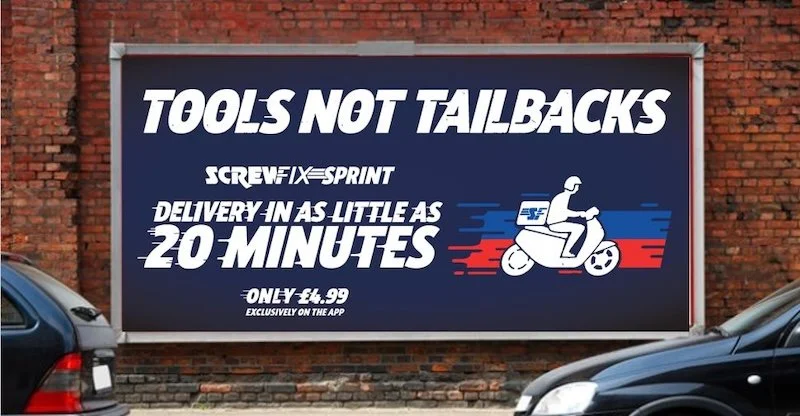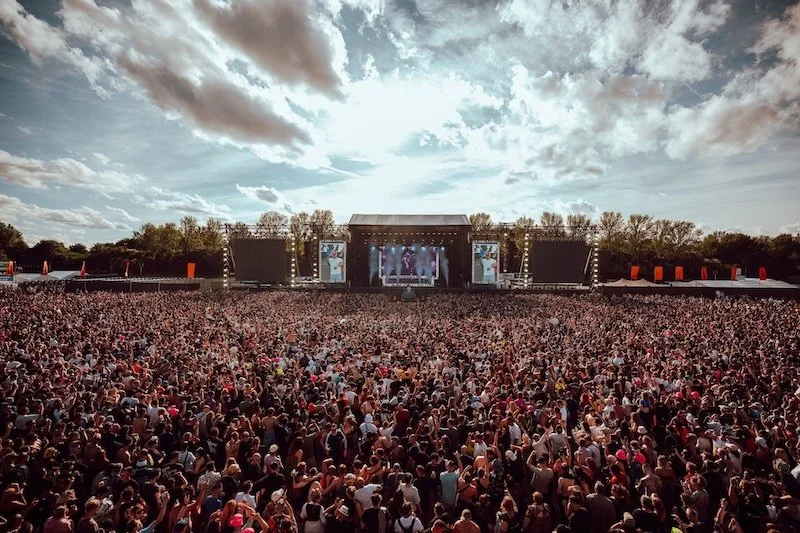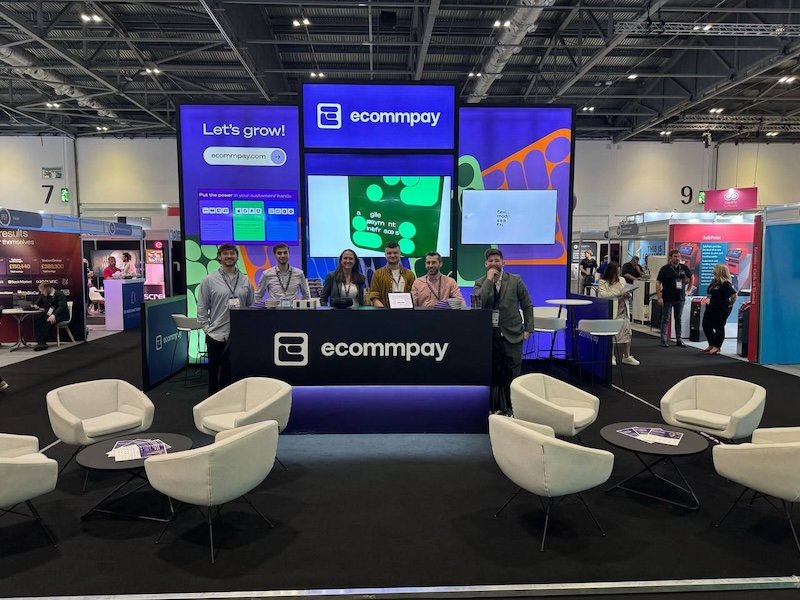Tired of unproductive meetings? The ultimate guide to strategic meeting management
Too many meetings feel like time sinks - drifting off-topic, running over time, and ending without any real progress. If you’ve ever left a meeting wondering why it even happened, you’re not alone. Strategic Meeting Management (SMM) is the solution, turning every meeting into a focused, valuable use of time.
Not Every Meeting Needs to Happen
Before scheduling a meeting, pause for a second and ask yourself:
● Can this be resolved with an email or shared document?
● Do I need input from multiple people at the same time?
● Will this discussion lead to a decision or actionable next steps?
Most meetings fail before they even start because they weren’t necessary in the first place. If there’s no clear objective, there’s no reason to bring everyone into a room (or onto a Zoom call).
💡 Quick Fix: Challenge yourself to cut your weekly meetings by 30%. Try replacing some with asynchronous updates via email, project management tools, or a quick recorded video message.
The Secret to Meetings That Actually Work? An Agenda That Means Business
An agenda isn’t just a formality - it’s the difference between a productive discussion and a chaotic time waster. A well planned meeting should flow smoothly from start to finish, with no dead space or unnecessary detours.
How to Structure a Killer Agenda
Instead of dumping a long list of discussion points into an invite, structure it properly:
Meeting Objective: One or two sentences explaining what needs to be accomplished.
Discussion Topics: Keep them focused and limit them to three to five key points max.
Time Allocations: Assign time slots to each topic so discussions don’t drag on.
Roles: Who’s leading? Who’s taking notes? Who’s responsible for follow-ups?
Action Items: End with clear next steps and owners for each task.
Send the agenda ahead of time. The more prepared people are, the smoother things will run.
Streamline Meetings with a Strategic Meeting Management Platform
Even with the best planning, keeping meetings organised across multiple teams can be a challenge. That’s where a Strategic Meeting Management Platform (SMMP) makes a real difference. These platforms take the guesswork out of meeting management by providing a centralised system to schedule, track, and optimise meetings.
What Does a Strategic Meeting Management Platform Do?
● Automates meeting scheduling – No more back and forth emails; everything is organised in one place.
● Integrates with calendars and project management tools – Ensures meetings align with team priorities.
● Tracks meeting effectiveness – Analytics help spot unnecessary meetings and improve future ones.
● Stores agendas, notes, and action items – Keeps everything structured and accessible post-meeting.
💡 Why It Matters: If your organisation struggles with meeting overload, an SMMP helps enforce structured agendas, eliminate wasted time, and ensure every meeting has a clear purpose.
Shorter, Faster, and On-Track: How to Keep Meetings Tight
Meetings don’t have to last an hour just because the calendar default says so. The best meetings are short and efficient. If you want to keep things moving, try this:
● Start on time, no exceptions. No waiting around for latecomers.
● Set a strict time limit. If 60-minute meetings keep dragging, cut them to 30 or even 25 minutes.
● Ban useless PowerPoints. If people can read the info beforehand, don’t waste time presenting it.
● Appoint a timekeeper. Someone needs to call out when discussions run over.
💡 Try This: Schedule meetings for 25 or 50 minutes instead of the usual 30 or 60. People stay sharper when they know time is limited.
Meetings That End With Action, Not Confusion
Ever left a meeting unsure what just happened? That’s a huge sign of an ineffective meeting. A productive meeting should always end with clear takeaways and assigned responsibilities.
Before wrapping up, answer these:
● What decisions were made?
● Who is responsible for what?
● What are the deadlines for follow-ups?
The last two minutes of every meeting should be spent recapping next steps. If nobody walks away with a clear task, the meeting was pointless.
Smart Tools for Smoother Meetings
Tech can make or break a meeting. The right tools speed up collaboration; the wrong ones cause delays and distractions.
Here’s what works:
● Project management apps like Asana or Trello for tracking progress.
● Shared docs on Google Docs or Notion for real-time collaboration.
● Meeting schedulers like Calendly to avoid endless back-and-forth emails.
● AI-generated meeting summaries from Zoom or Microsoft Teams for automatic note-taking.
💡 Pro Tip: If your team is remote, keep video meetings short and engaging - use cameras for better interaction but mute mics when not speaking to cut background noise.
Cutting Down Meetings for Good
Reducing meetings isn’t about avoiding collaboration - it’s about making better use of time. The fewer unnecessary meetings you have, the more focused and effective the necessary ones become.
Try These Strategies to Slash Meeting Overload:
● Introduce “No Meeting” Days. Pick at least one day a week where meetings aren’t allowed.
● Replace status meetings with written updates. A quick email can replace most weekly check-ins.
● Use asynchronous communication. Record Loom videos or send voice notes instead of booking calls.
● Encourage standing or walking meetings. If screens aren’t needed, take it on the go.
The goal isn’t zero meetings - it’s only the right meetings at the right time.
A Smarter Approach to Meetings Starts Now
Meetings should be high impact, efficient, and action driven. If they’re not? Something needs to change.
By questioning whether a meeting is necessary, keeping discussions short and focused, and ensuring clear action steps, you can transform your meeting culture - and reclaim hours of wasted time.
Start today. Cut one unnecessary meeting from your calendar, tweak your agenda process, or try a shorter, more structured meeting format. The results will speak for themselves.































Continue reading…